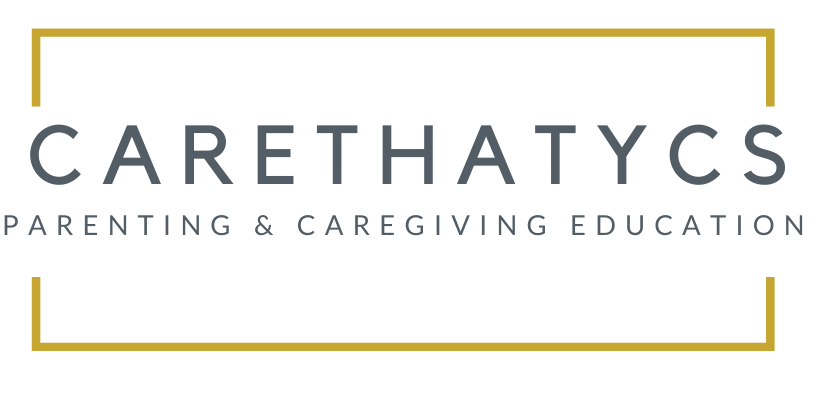Having a child is always challenging, it seems that we can never predict what is coming. Changes and unexpected challenges make up the new life routine of parents! In the midst of so much unknown, it is common for parents not to know how to react and address every single challenge, and teething is one of them! Many parents don’t know how to “fix it”, especially when they see their babies suffering without being able to know the real reason. The worry and despair are much too real. These feelings are common when your baby first starts teething because the baby cries more often due to irritated gums but it may take a while for parents to find out this is the actual reason. Talk about inconvenience!!!
Irritated gums
These discomforts usually appear between 3 and 12 months of life, when these new teeth are starting to come in, one or two months before tearing the gum surface, already pointing out that the first little tooth will be there soon. Teething begins between 6 and 8 months, though it may occur slightly before or after in different children, and they end by the end of their second year. Most children will have all their teeth by the age of three.
The symptoms of teething
It will always be accompanied by a whole lot of salivation, and sometimes pain and fever. One way to calm your baby is to massage the gums with a cold cloth or with your finger. There are also several baby teethers in the market which have special gel so it can be kept in the freezer for your baby to use when the pain comes, so they can self-soothe my massaging/rubbing the teether in their mouths to alleviate the pain and itching. When your little one is going through all of this, you will notice a lot of crying – and it is normal.
It is very important to always consult with your child’s pediatrician before giving any remedy! Never give something to your baby without medical prescription; when it comes to medication and children, it may vary drastically because many of them are based on your child’s age and sometimes weight. You should also be careful with teethers and small objects so your child doesn’t swallow anything or make the pain worse. This is a phase where they will be putting *everything* in their mouth seeking to alleviate the pain and itchiness
You may opt to some natural ways as having chamomile anesthetic gels and paste, but be careful because even chamomile has lidocaine in its composition and the FDA has issued a warning against using it. If your baby develops a fever – which is also normal – or if you can’t calm them down, give the doctor a call.
Brushing early is also important!
In the first months, even without teeth, you need to keep the gums clean and you can do so with a clean, damp cloth or gauze after meals or at least once a day before bed. When children turn one, you can already start teaching them how to brush their teeth and create the habit of doing so after meals, always under the supervision of an adult. There are several types of brushes for children out there but you should pay attention to the age because the bristles are specific for each phase so they don’t hurt your baby. The first toothpaste for children also needs to be chosen carefully and you must only use a small amount, a grain of rice when they start, up to a pea-sized blob when they turn three.
Dental hygiene is important even before we see the first tooth! We must take care of our children’s teeth because they are also susceptible to have cavities. Another important tip is to make sure not to give them sugary drinks and bottles in bed before sleeping as it can cause tooth decay and ear infections!

